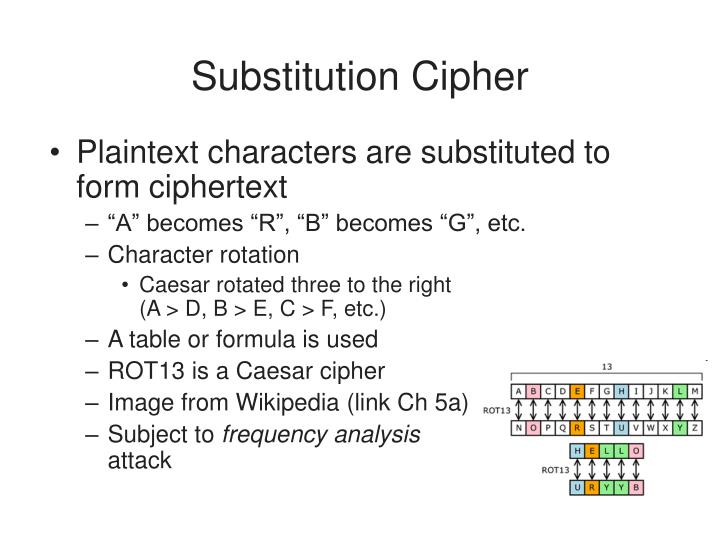

However, in this method, the attacker doesn't have access to the corresponding cleartext, i.e., data that is transmitted or stored unencrypted. The known ciphertext attack, or ciphertext-only attack (COA), is an attack method used in cryptanalysis when the attacker has access to a specific set of ciphertext. For performance reasons, protocols often rely on ciphers to encrypt session data. Other protocols, including secure shell, OpenPGP and Secure/Multipurpose Internet Mail Extensions use asymmetric cryptography to encrypt and authenticate endpoints but also to securely exchange the symmetric keys to encrypt session data. Symmetric ciphers protect data privacy in most Wi-Fi networks, online banking, e-commerce services and mobile telephony. Virtual private networks connecting remote workers or remote branches into corporate networks use protocols with symmetric ciphers to protect data communications. For example, Transport Layer Security uses ciphers to encrypt application layer data. Symmetric ciphers, which are typically used to secure online communications, are incorporated into many different network protocols to be used to encrypt exchanges. This is also known as "asymmetric key algorithm." The sender uses the public key to perform the encryption, but the private key is kept secret from the receiver. In this cipher, two different keys - public key and private key - are used for encryption and decryption. This cryptography is also known as "symmetric key algorithm." The shared key is kept secret from all other parties and is used for encryption, as well as decryption. In this cipher, the sender and receiver must have a pre-shared key. In this cipher, the positions held by plaintext are shifted to a regular system so that the ciphertext constitutes a permutation of the plaintext.


This masks the frequency distribution of letters, making frequency analysis attacks much more difficult. Substituting one letter for another letter, a polygraphic cipher performs substitutions with two or more groups of letters. For instance, in a simple columnar transposition cipher, a message might be read horizontally but would be written vertically to produce the ciphertext. Unlike substitution ciphers that replace letters with other letters, transposition ciphers keep the letters the same, but rearrange their order according to a specific algorithm. For instance, the letter A may be encoded as the letter K for part of the message, but later it might be encoded as the letter W. A more complex substitution using a mixed alphabet to encrypt each bit, character or character block of a plaintext message.For example, if the letter A is enciphered as the letter K, this will be the same for the entire message. A single alphabet is used to encrypt the entire plaintext message.A substitution cipher may be monoalphabetic or polyalphabetic : Substitution ciphers. Replace bits, characters, or character blocks in plaintext with alternate bits, characters or character blocks to produce ciphertext.There are various types of ciphers, including: However, it refers to the method of encryption rather than the result. The term cipher is sometimes used as a synonym for ciphertext. The decryption cipher is an algorithm that transforms the ciphertext back into plaintext. Ciphertext can't be read until it has been converted into plaintext (decrypted) with a key. Ciphertext is encrypted text transformed from plaintext using an encryption algorithm.


 0 kommentar(er)
0 kommentar(er)
